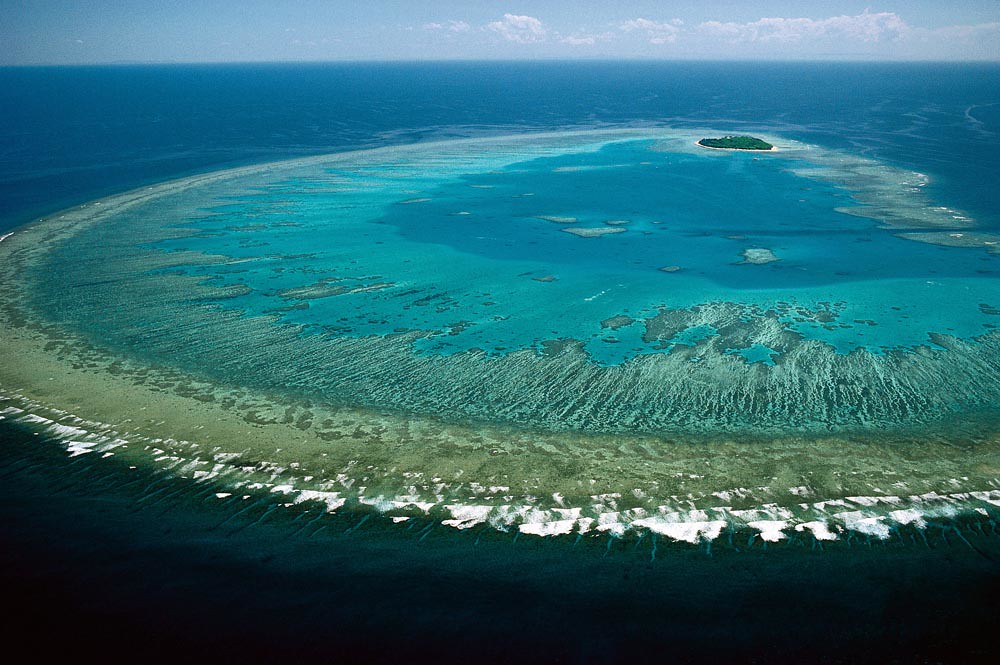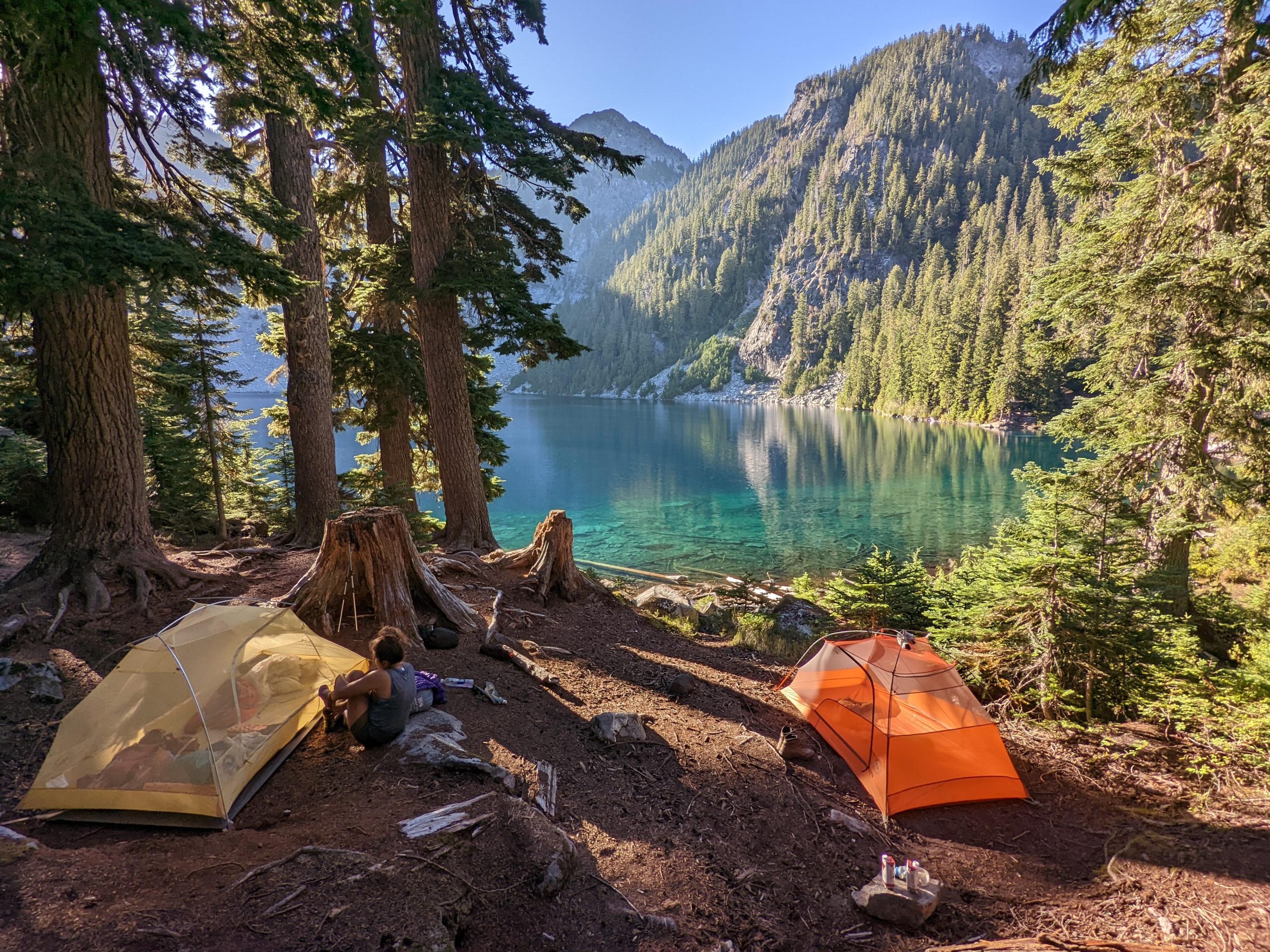pokomde.info – The Great Wall of China is one of the most iconic landmarks in the world, stretching over 13,000 miles (21,196 kilometers) across northern China. While many people visit its most popular sections for day trips, the Great Wall also offers incredible opportunities for adventure travelers seeking to explore its more remote, rugged, and less-touristy sections. Hiking the Great Wall is a unique way to immerse yourself in Chinese history while experiencing the stunning landscapes that surround this ancient wonder.
1. Why Choose Adventure Travel to the Great Wall?
Adventure travel to the Great Wall combines physical challenge with deep cultural exploration. Hiking and trekking along the wall allow you to experience it beyond the crowded tourist areas and engage with the raw beauty of its mountainous, forested, and sometimes desolate landscapes. The remote sections of the Great Wall often pass through rural villages and untouched natural surroundings, offering an experience that few travelers get to witness.
2. Best Sections for an Adventurous Experience
While Badaling and Mutianyu are the most well-preserved and tourist-friendly sections of the Great Wall, more adventurous travelers often seek out the wild, unrestored, and rugged parts of the wall. These sections offer thrilling hikes with fewer tourists and a more authentic feel.
2.1 Jiankou (箭扣长城)
- Jiankou is one of the most dramatic and challenging sections of the Great Wall. Known for its steep, crumbling paths and jagged cliff faces, Jiankou offers breathtaking views and a sense of adventure as you navigate through broken watchtowers and overgrown sections of the wall. The hike can be strenuous and is best for experienced hikers with a good fitness level.
- Highlights: The “Zhenbei Tower” and the “Beijing Knot” are two of the most stunning viewpoints.
- Difficulty: High – sections are steep, unmaintained, and physically demanding.
2.2 Gubeikou (古北口长城)
- The Gubeikou section is one of the more rustic and historical parts of the wall, located to the northeast of Beijing. Here, you’ll find parts of the wall that are unrestored, giving a raw and authentic feel. The hike is long but not as steep as Jiankou, making it more accessible to intermediate hikers. Gubeikou is known for its military history, having witnessed numerous battles.
- Highlights: Panoramic views of the countryside and the winding Great Wall disappearing into the distance.
- Difficulty: Moderate – suitable for hikers with some experience, but less intense than Jiankou.
2.3 Simatai (司马台长城)
- Simatai is a beautiful and rugged section of the Great Wall, known for being one of the few areas where visitors can hike both day and night. Its night tours offer a unique experience for adventurous travelers who want to see the wall illuminated by moonlight and the stars. The Simatai section is partially restored but retains much of its wild character, featuring steep ascents and stunning views.
- Highlights: A thrilling night hike, panoramic mountain views, and access to nearby Gubei Water Town.
- Difficulty: Moderate to high – parts of the wall are steep and require careful navigation.
2.4 Huanghuacheng (黄花城长城)
- The Huanghuacheng section offers a blend of natural beauty and history, as it runs along a reservoir and is surrounded by lush greenery. This part of the wall is often called the “Lakeside Great Wall” because parts of it are submerged in water. The terrain is uneven and rugged, with some steep climbs, but the rewards are the peaceful environment and picturesque scenery.
- Highlights: The Great Wall by the lake, fewer tourists, and lush green landscapes.
- Difficulty: Moderate – suitable for those looking for adventure but with slightly less intensity than Jiankou.
3. Preparing for Your Adventure
Hiking and trekking on the Great Wall can be a rewarding experience, but it requires preparation to ensure your safety and enjoyment. Here are some key tips to get ready for your adventure:
3.1 Physical Fitness
Many sections of the Great Wall, especially the unrestored ones, require a high level of fitness. Be prepared for steep climbs, uneven paths, and possibly hours of walking. A good level of physical fitness is essential, especially for hikes like Jiankou or Simatai.
3.2 What to Pack
- Footwear: Sturdy hiking boots with good ankle support are essential, as the wall’s surface can be uneven and rocky.
- Clothing: Wear moisture-wicking and breathable clothes, and bring layers as temperatures can change dramatically depending on the time of year.
- Water and Snacks: Carry plenty of water and snacks. There may be little or no access to food or water on the more remote sections of the wall.
- Sun Protection: Sunscreen, sunglasses, and a hat are essential, as there is often little shade on the wall.
- Navigation Tools: Carry a map, GPS, or a reliable guide, especially if you are hiking on less-traveled sections. It’s easy to get lost in the more remote areas.
3.3 Hire a Guide
For the more challenging and remote sections of the Great Wall, hiring a local guide is highly recommended. A guide can help navigate difficult paths, provide historical insights, and ensure safety on the rugged terrain.
4. When to Go
The best time to visit the Great Wall for adventure travel is during spring (April-May) and autumn (September-October). During these seasons, the weather is mild, the skies are often clear, and the surrounding landscapes are either lush and green or covered in vibrant fall colors. Summer can be hot and humid, while winter brings cold temperatures and sometimes snow, which can make hiking more difficult but also offers stunning, snow-covered vistas.
5. Practical Tips for Adventure Travel on the Great Wall
- Avoid Crowded Sections: The most adventurous sections of the Great Wall are often far from the most crowded areas. Seek out less-touristy sections like Jiankou, Gubeikou, and Huanghuacheng for a more immersive experience.
- Plan for Multiple Days: If you’re a serious adventurer, consider planning a multi-day trek along the wall. Some routes can take you through remote villages, where you can stay with locals in guesthouses for a more authentic experience.
- Safety: While adventure travel on the Great Wall is thrilling, it’s important to be cautious. Some sections are not maintained and can be dangerous, especially in bad weather. Make sure to check the weather forecast and ensure you’re physically prepared.
6. Conclusion
Adventure travel to the Great Wall of China offers an unforgettable journey through one of the world’s most remarkable historical sites. Whether you’re climbing the steep crags of Jiankou or wandering through the rustic beauty of Gubeikou, the Great Wall provides a perfect mix of adventure, history, and stunning natural landscapes. For travelers who want to see the wall in its raw, less-visited form, a hiking or trekking experience is the ultimate way to connect with the spirit of this ancient wonder.
This adventure is not just about reaching the top of the wall—it’s about embracing the journey, the history, and the challenge that comes with exploring one of humanity’s greatest architectural achievements.








